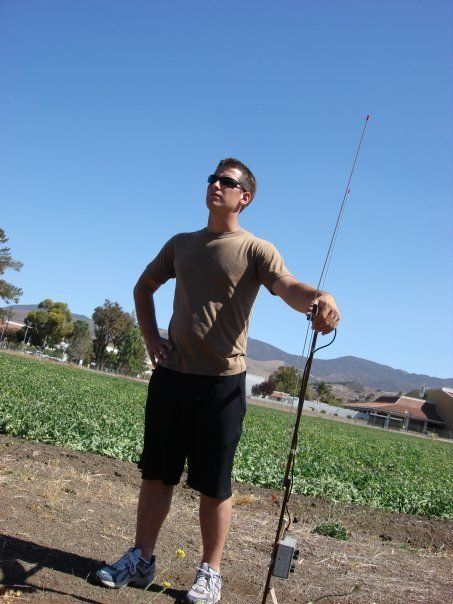FAST TRANSIENTS
THE TACTICAL TANGENTS BULLETINMAKING SMALLER CIRCLES
In his book The Art of Learning, Joshua Waitzkin describes one of his philosophies on self-teaching he calls “making smaller circles.” (Did you know we have a recommended reading list? Check it out at www.tacticaltangents.com/reading. The page contains affiliate links to support us!) I might explain this slightly different than he does because I don’t have the book in front of me, but the premise is this: As you tackle a new skill, you dissect that skill into smaller elements to improve, making smaller circles as you hone in on finite details that are relevant to the task.
We can turn to firearms fundamentals for examples of smaller circles. When I learned the draw from the holster back in the day, they taught us in essentially four steps: Establish a grip while defeating the retention on the holster, remove the weapon and point it in the direction you intend to use it, bring it to your midline to establish a two-handed grip, punch the gun out and on target as you find a sight picture. As you get faster and more efficient, you have some smaller details to work out: Punch the gun straight out when you establish your grip—don’t “Go bowling,” or “Cast a fishing pole.” Going a step further, you might find yourself making unnecessary movements by shrugging your shoulders into your neck. This process of refinement is a good example of “smaller circles.” The other way I like to explain this is like an outline—You start with major bullet points, in the case of the draw from a holster let’s assume we use those four. Under major points 1-4, you might have sub-points A, B, and C. Under those you might have Roman numerals i, ii, iii, and iv, and so on. This method might help you break through your plateaus in almost any discipline.
This way of thinking is valuable because once we establish some confidence and proficiency in a task, it is easy to fall into a trap where we think we “get it,” and we’re “good.” This mind trick leads us to become stagnant in our training. By never discovering ways to differentiate such details and refine a task, we fail to evolve and polish our technique. This is especially dangerous for instructors, because those details matter when we teach.
Lately, I’ve been paying closer attention in firearms training to grip and trigger control. You can put less control into the trigger if you put more effort into stabilizing the gun. When teaching new students to consciously control the trigger, we tend to teach it in steps and slow things down—but at the speed of self-defense, smaller circles help us smooth those steps into a more fluid event. Where else can you make smaller circles to refine your training?

Mike Doyle
Founder
Mike is a full-time police officer and tactical medic. He currently works as a K9 handler, SWAT team member, and Police Trainer. Mike started Tactical Tangents as part of his fundamental purpose to save lives. His goal is to enhance the survival of police officers and concerned citizens by helping them become better, smarter, faster, and more efficient. His opinions are for informational purposes only and do not reflect those of his employer or any other government agency.

LATEST EPISODE
Thomas Yoxall saved the life of a State Trooper with his concealed handgun. Hear his story on the latest episode!
Subscribe for new episodes on the 1st and 15th each month. www.tacticaltangents.com/podcast

0 Comments